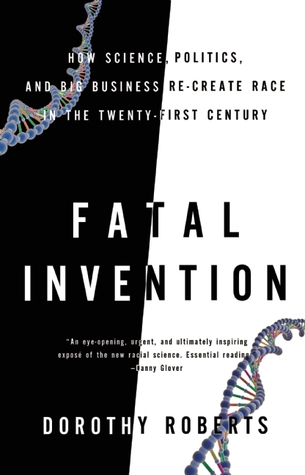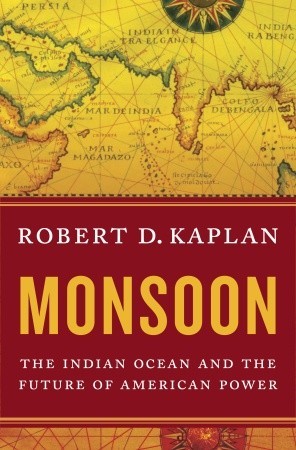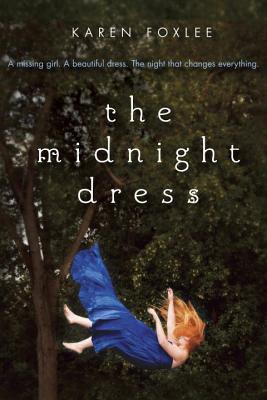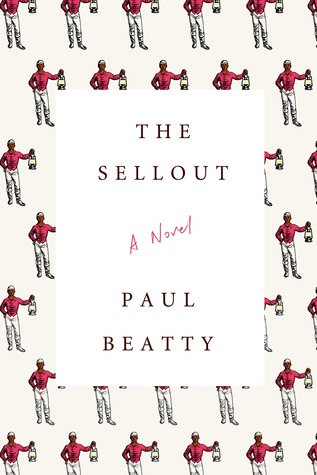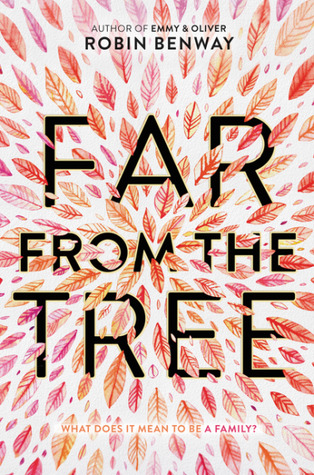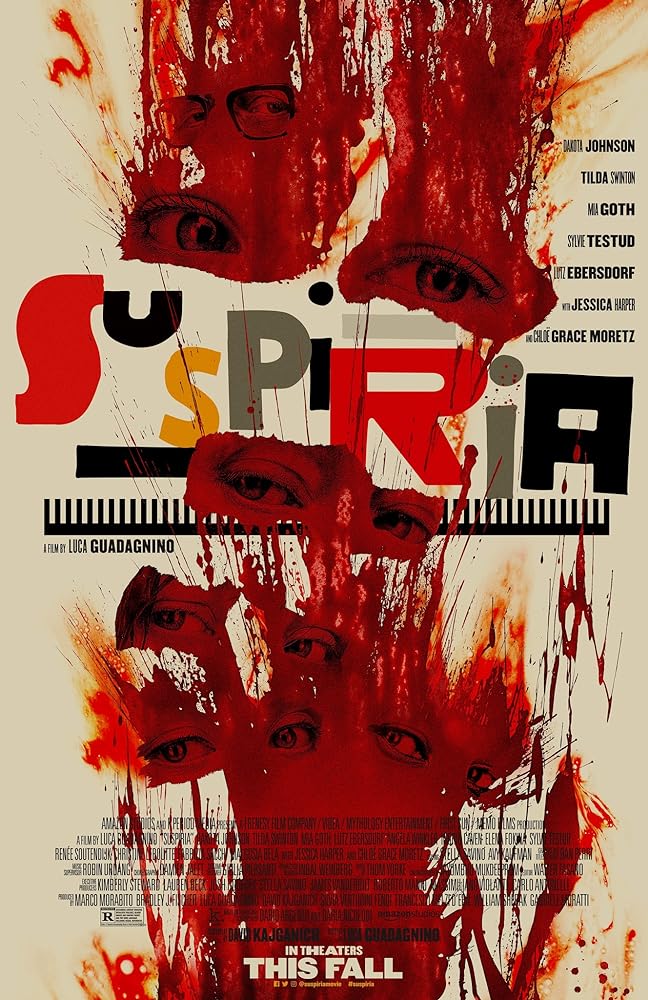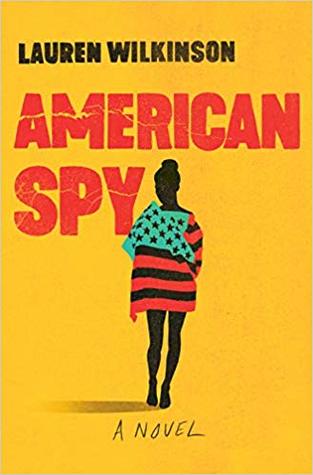Published: March 12, 2019 by W.W. Norton & Company
Genre: History, environment, non-fiction
Format: Hardcover, 432 pages, library
Rating: 4.5/5 stars
Publisher's Summary:
Dear Comrades! Since the accident at the Chernobyl power plant, there has been a detailed analysis of the radioactivity of the food and territory of your population point. The results show that living and working in your village will cause no harm to adults or children.
So began a pamphlet issued by the Ukrainian Ministry of Health—which, despite its optimistic beginnings, went on to warn its readers against consuming local milk, berries, or mushrooms, or going into the surrounding forest. This was only one of many misleading bureaucratic manuals that, with apparent good intentions, seriously underestimated the far-reaching consequences of the Chernobyl nuclear catastrophe.
After 1991, international organizations from the Red Cross to Greenpeace sought to help the victims, yet found themselves stymied by post-Soviet political circumstances they did not understand. International diplomats and scientists allied to the nuclear industry evaded or denied the fact of a wide-scale public health disaster caused by radiation exposure. Efforts to spin the story about Chernobyl were largely successful; the official death toll ranges between thirty-one and fifty-four people. In reality, radiation exposure from the disaster caused between 35,000 and 150,000 deaths in Ukraine alone.
No major international study tallied the damage, leaving Japanese leaders to repeat many of the same mistakes after the Fukushima nuclear disaster in 2011. Drawing on a decade of archival research and on-the-ground interviews in Ukraine, Russia, and Belarus, Kate Brown unveils the full breadth of the devastation and the whitewash that followed. Her findings make clear the irreversible impact of man-made radioactivity on every living thing; and hauntingly, they force us to confront the untold legacy of decades of weapons-testing and other nuclear incidents, and the fact that we are emerging into a future for which the survival manual has yet to be written.
My Thoughts:
I started reading this after I became fascinated with Chernobyl and its after-effects while watching the HBO series and listening to the
podcast by Peter Sagal and series creator Craig Mazin. Mazin referred to Kate Brown's ground-breaking book on the environmental impacts of nuclear energy and the effects we'll continue to see now and in the future.
Basically, the USSR and the global communities refused to look at the effects of low-dose radiation over time, how it has impacted the local communities: their food, water, etc. No one at the time wanted to confront the fact that they had been exposing their citizens to nuclear fallout for decades from the time the first nuclear bomb was created.
According to one study: "...in 1961-62, the two superpowers blasted the earth in a last-minute race to discharge bombs before the 1963 atmospheric nuclear test ban treaty went into effect. That last grand finale of radioactive fireworks emitted an eye-popping twelve billion curies of radioactive iodine into the Northern Hemisphere and left its mark on everything, even fine French wine."
Plants and humans readily take up radioactive strontium, cesium, and iodine that mimic potassium, iodine, and calcium. The fallout is ingested by the plants, animals, and ultimately humans.
Even with the health risks known, governments refused to shut them down or make them safer, or even acknowledge how dangerous they were. Reputations and national security were more important than human lives.
Brown goes onto to show that accident at Chernobyl while the biggest and most disastrous, was only a point on a continuum of accidents, experiments, mining, bombing, etc. The territory "...was already saturated with radioactive isotopes from the atomic bomb tests before architects drew up plans for the nuclear power plant. And, after Chernobyl as before Chernobyl, the drumbeat of nuclear accidents continued at two dozen other Ukrainian nuclear power installations and missile sites." The forest surrounding Chernobyl turned red after the accident, soaking up all those radioactive material. What happens when it burns? Well, it did in 2017.
She goes on to say: "Instead of an accident, Chernobyl might better be conceived of as an acceleration on a time line of destruction or as an exclamation point in a chain of toxic exposures that restructured the landscape, bodies, and politics."
Nuclear powers have minimized the deaths of the Chernobyl disaster in order to dodge lawsuits and investigations in the 1990s, with the end of the Cold War, when records of decades of bomb productions were declassified. These records have shown how government leaders took little care or responsibility "...for damages caused by the detonation of the equivalent of 29,000 Hiroshima-sized bombs...The ill-advised detonation of nuclear weapons in Nevada delivered to milk-drinking Americans across the U.S. continent an average collective dose of radioactive iodine similar to that of people living in Chernobyl contaminated areas."
This line comes from the last chapter and sums it all up: "The period of nuclear testing qualifies as the most unhinged, suicidal chapter in human history. In the name of 'peace' and 'deterrence,' military leaders waged global nuclear war."
I don't think I could've been prepared for how emotional I'd become while watching the series, listening to the podcast, and reading this book. It's a heavy book. You realize how far we have to go to get our shit together, how much suffering we've caused, and how much people are still suffering due to our terrible and abominable policies and short-sighted thinking. We don't have a lot of foresight as humans. I can only hope we can come together before it's too late.


